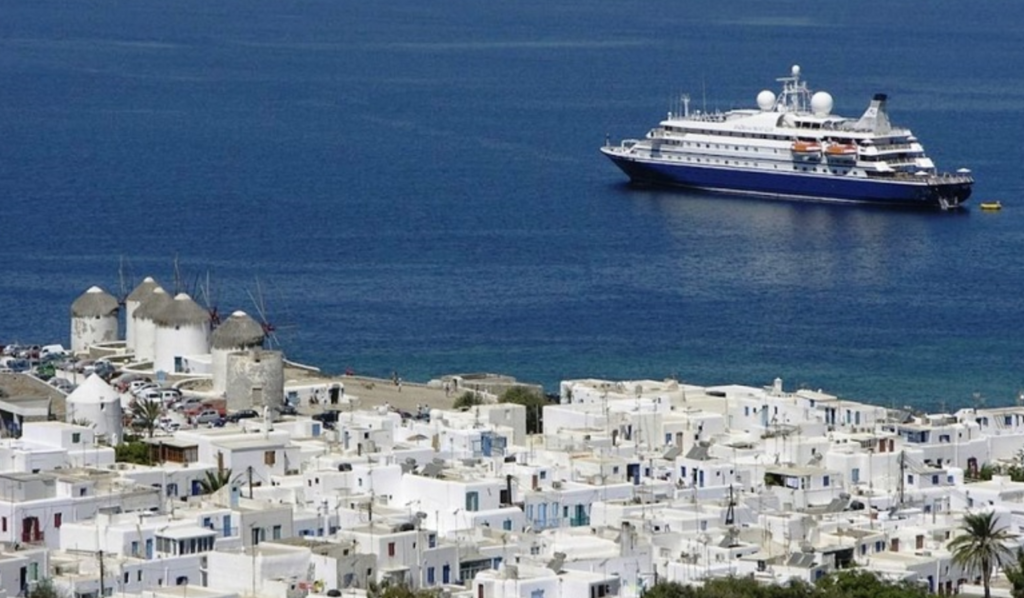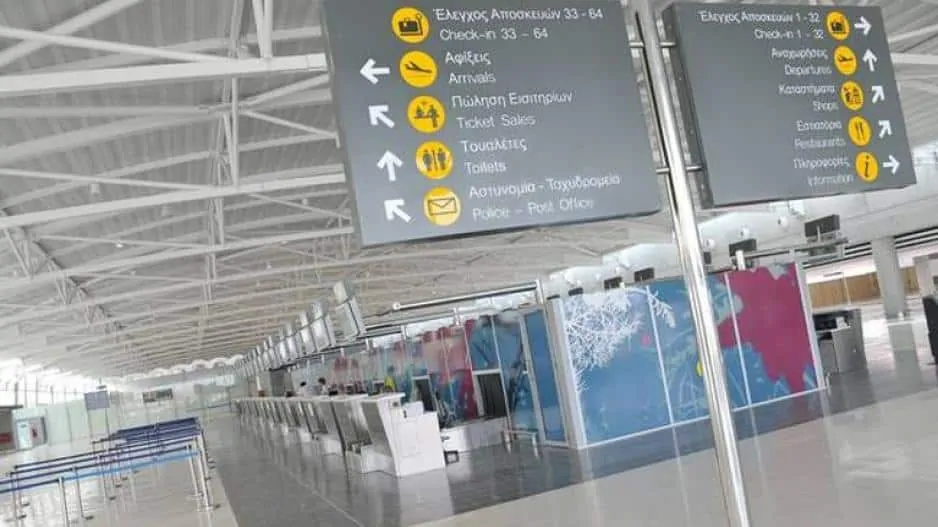After officially entering the European Union in 2013, Croatia will be joining the Schengen Zone and adopting the Euro in January 2023.

Croatia has grown swiftly in the past decade as a top tourist destination in Europe, attracting visitors with its stunning coastline, picture-perfect towns like Dubrovnik, and lush national parks
The country is known as a popular yachting and sailing destination, as well as for being one of the main filming locations for Game of Thrones.
Now, as of January 1, Croatia will complete its entry into the European Union as it adopts the common Euro currency and becomes a part of the Schengen Zone.
Here’s what this means for travelers visiting Croatia in 2023:
1. Americans will be subject to the 90 days rule in Croatia.
Previously, although Croatia was part of the EU, it was not part of the Schengen Zone.
This is an area made up of 26 countries (mainly EU countries and some non-EU countries like Norway, Iceland, and Switzerland) in Europe.
Americans may only spend 90 days out of every 180 days in the Schengen Zone as a tourist.
Since Croatia was not part of the Schengen Zone, Americans could spend up to 90 days in Croatia visa-free. This made it a popular place to go to “wait out” the Schengen Zone time limits.
However, that will no longer be possible as soon as Croatia joins the Schengen Zone. Any time spent in the country will count towards the 90-day limit for Americans in the Schengen Zone.
2. You won’t need to show ID when traveling from another Schengen Zone country.
Now that Croatia is joining the Schengen Zone, it will allow for free travel between Croatia and all other Schengen Zone countries.
Borders will be eliminated between Croatia and neighboring Italy, Slovenia, and Hungary, who are all part of the Schengen Zone.
It’s also now possible to travel uninterrupted all the way through Croatia to Dubrovnik. Previously, travelers had to drive through a small stretch of Bosnia and Herzegovina in order to reach the popular destination of Dubrovnik.
This was a major reason that Croatia was unable to receive Schengen Zone status.
However, a new bridge has been constructed that connects Dubrovnik to the rest of Croatia without having to cross a foreign border.
3. Prices may go up.
Although not directly tied to Croatia switching from the Croatian Kuna to the Euro, prices are expected to go up next year in Croatia.
The Croatian Kuna has already been pegged to the value of the Euro for years.
However, prices have increased dramatically over the past decade as Croatia has grown into a tourism hotspot.
Croatia has also experienced drastic inflation over the course of 2022, like many countries around the world.
All of this, combined with Croatia becoming a more accessible vacation destination, may cause prices to increase even further in 2023.
4. Some countries in Europe still aren’t part of the Schengen Zone or Eurozone.
Although Croatia was just approved, Bulgaria and Romania, two other members of the EU, were rejected from joining the Schengen Zone, with concerns about illegal migration cited as the reason for rejection.

These two countries have also not yet adopted the Euro, despite being part of the EU. Additionally, Denmark, Sweden, the Czech Republic, Hungary, and Poland still use their own currency instead of the Euro.
When it comes to the Schengen Zone, aside from Bulgaria and Romania, Ireland and Cyprus are the two other countries that are part of the EU but aren’t part of the Schengen Zone.
Additionally, a number of European countries including Bosnia and Herzegovina, Serbia, Montenegro, North Macedonia, and Albania are not part of the EU or the Schengen Zone.
For now, these countries are still good places to go while waiting for your Schengen Zone time to “reset” (and they’re great destinations in their own right!)







